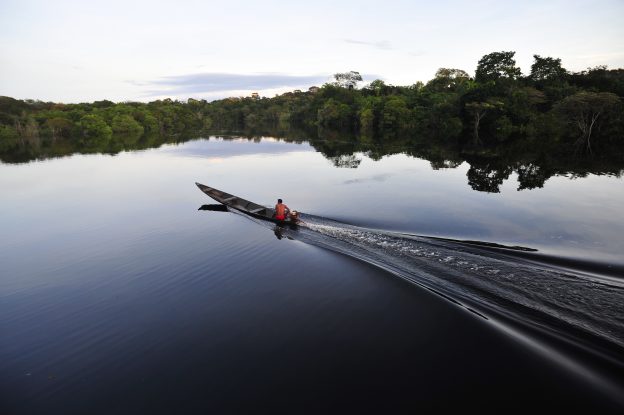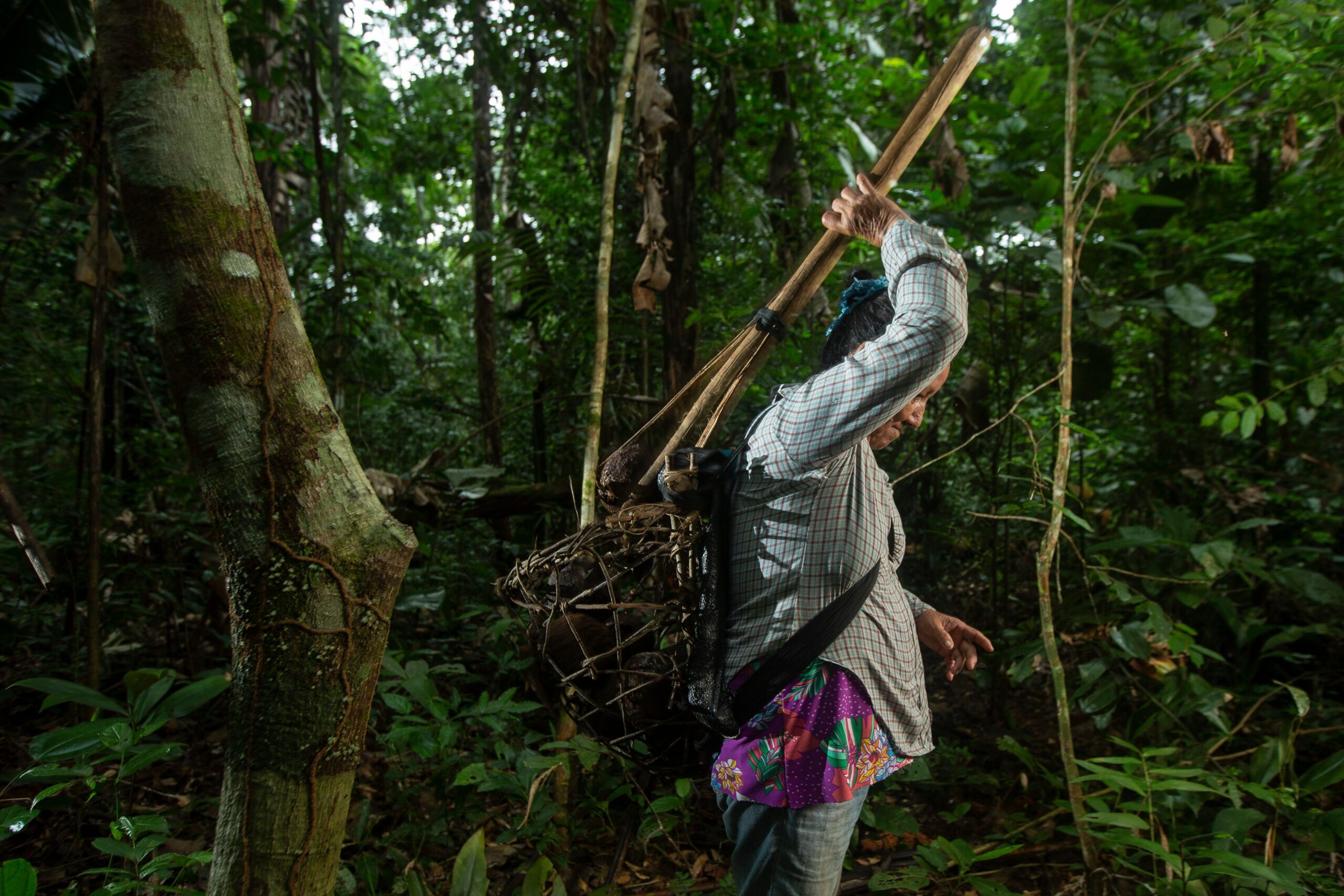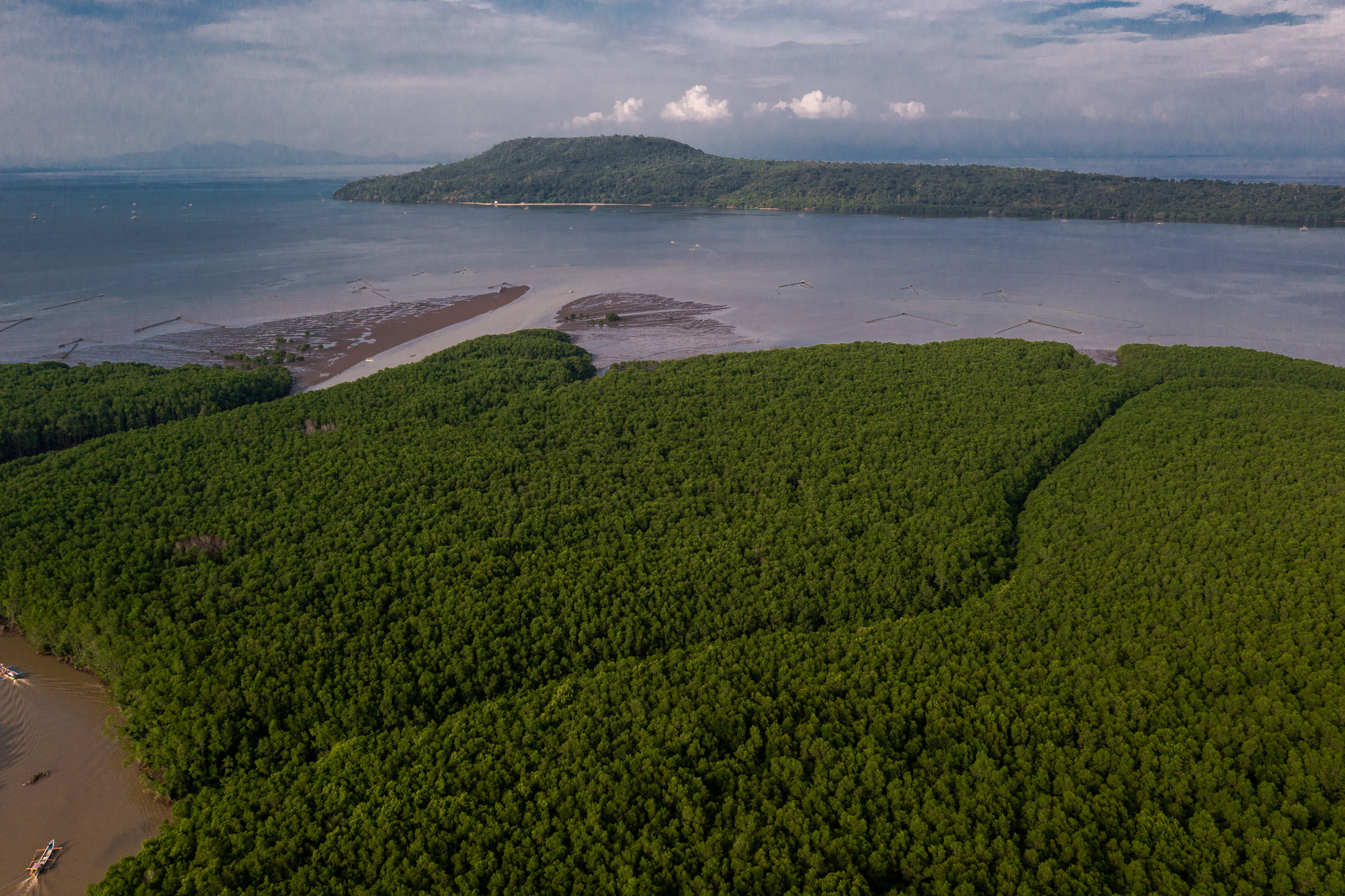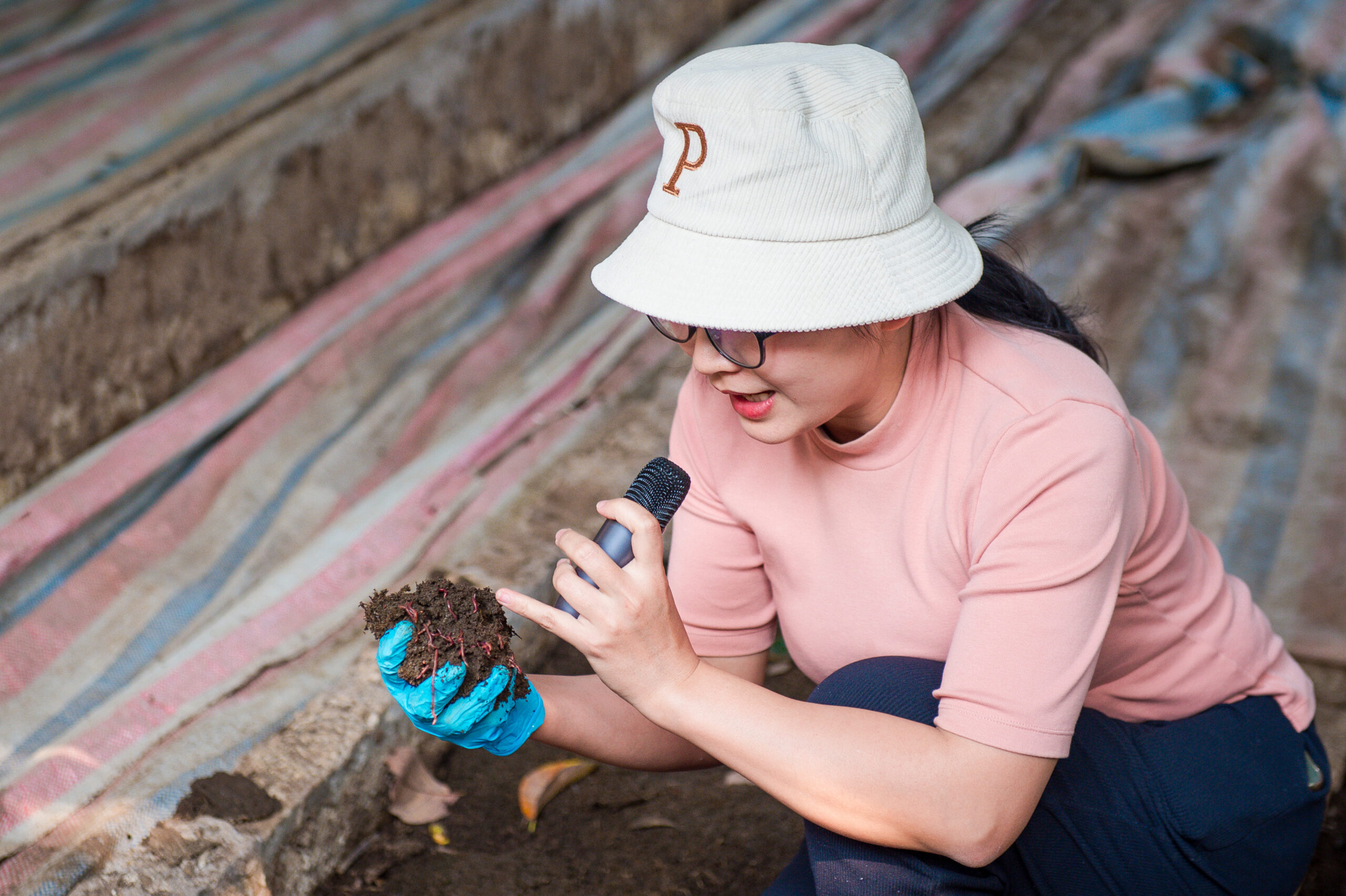Beyond their importance for climate and environmental solutions, forests and forested landscapes are central to the daily lives of billions of people. About 1.6 billion people rely on them for food, fuel and livelihoods, while some 33 million work directly in forest-based sectors. In developing countries, around 1.2 billion people depend on agroforestry systems for farming and income. In many forested regions, such as the tropics, forest-derived products — particularly non-timber forest goods and small-scale extraction — contribute significantly to rural household earnings.
Yet this dependence often comes with growing vulnerability. Climate change, deforestation, land conversion, weak governance and social inequities are threatening both ecosystems and human well-being, leading to water stress, land degradation, biodiversity loss and social disruption.
From 23 to 27 October 2025, Lima, Peru, will host the 11th Annual Meeting of the Forests & Livelihoods: Assessment, Research and Engagement (FLARE) Network. For the first time, the event will take place in Latin America, bringing together scientists, practitioners, Indigenous and local leaders, policymakers and funders to examine what it takes to achieve transformative change in landscapes, livelihoods and institutions.
With around 250 participants already registered, FLARE 2025 is expected to be one of the network’s largest gatherings to date. The meeting will be held at the University of Engineering and Technology (UTEC) in Lima.
To learn more about how research can translate into real-world impact and what to expect from the discussions, Forests News spoke with Daniel Miller, Coyle Mission Collegiate associate professor at the Keough School of Global Affairs and coordinator of the FLARE Network.
A handful of Brazil nuts collected in Puerto Maldonado, Peru, where forests provide vital livelihoods for local communities.
What are some of the most pressing challenges forests and forest-dependent communities face?
A growing number of Indigenous, local and Afro-descendant communities have gained legal recognition of their land rights. Yet these victories have not always led to better livelihoods. Ensuring that communities can secure their forest lands while developing local economies that reflect their own priorities remains a major challenge. Closing the persistent funding gap that limits direct support for community rights and livelihoods will be key to achieving this.
Another pressing concern is the mounting pressure on community lands from the global demand for minerals critical to the green-energy transition — a demand that is deepening existing strains on both people and territories. These challenges will be central to the conversations at FLARE 2025 in Lima.
Ensuring that communities can both secure their forest lands and build thriving local economies that reflect their own development goals remains a major challenge.
– Daniel Miller
Why does research on forest livelihoods often remain disconnected from policy and practice?
Forests and trees now hold a stronger place on global climate and biodiversity agendas than at any other time in recent decades. Still, their role in supporting the livelihoods and well-being of hundreds of millions of people remains under-represented in policy debates. Although researchers and advocates are working to shift this imbalance, the gap between evidence and action persists.
FLARE is actively testing practical ways to bridge this divide. At this meeting, we are doing so in two ways: first, through horizon scanning to identify key emerging issues that policymakers, practitioners and researchers need to consider; and second, through training sessions designed to help researchers better engage with policy processes and actors.
Horizon scanning — a foresight method — has brought together a diverse group of about 25 practitioners, policymakers and researchers from across the globe to identify and prioritise the top five to ten issues likely to shape forests and livelihoods in the coming years. The policy-engagement training will be led by Maura Policelli, executive director of the University of Notre Dame’s Washington, DC office, who brings decades of experience at the science–policy interface and will share lessons with the FLARE Network Community in the buffer zone of Yanachaga-Chemillén National Park, Peru. Photo by CIFOR-ICRAF
What are the expectations for the 2025 meeting in Peru?
Participants will present and debate cutting-edge research at the intersection of forests, livelihoods and policy, with the aim of distilling lessons that inform ongoing global and national discussions. For the first time, the FLARE team will produce conference briefs summarising key insights from plenary sessions and overall deliberations, intended in part for policymakers at the upcoming COP in Belém.
Artificial intelligence tools will also be piloted to help summarise discussions and outputs. While the meeting addresses complex issues, it will also be a space to reconnect, exchange knowledge and build new collaborations.
What key topics will the conference spotlight?
The overarching theme of FLARE 2025 is “Forests and Transformative Change.” A high-level panel of experts from academia and practice will open the conversation, followed by a strong focus on the Amazon.
Keynote speaker Manuel Pulgar-Vidal, global lead for climate and energy at WWF and former minister of the environment for Peru, will open the session. A diverse plenary moderated by Anne Larson, team leader of CIFOR-ICRAF’s Governance, Equity and Well-being research team, will then bring together Indigenous, government and private-sector representatives to discuss “Conservation, coexistence and the future of the Amazon.” Additional sessions will explore rights-based conservation and other related themes.
Who will be attending FLARE 2025?
More than 250 participants from over 40 countries are expected to take part, representing research institutions, Indigenous and community organisations, NGOs, government and intergovernmental agencies, donors and private-sector actors. Scientists at all career stages will join the discussions — from early-career researchers to senior scholars shaping global forest research.
How could the outcomes of this meeting shape everyday lives?
The outcomes of FLARE 2025 will influence everyday lives in at least two ways. First, the meeting itself offers participants a meaningful and inspiring experience — a rare opportunity for those committed to understanding and improving forest livelihoods to connect and collaborate.
Second, the evidence and lessons shared in Lima can inform decision-making processes that directly affect forests and the communities that depend on them.
> Visit the FLARE Annual Meeting website to find out how to participate and join the CIFOR-ICRAF team at FLARE 2025. Â











